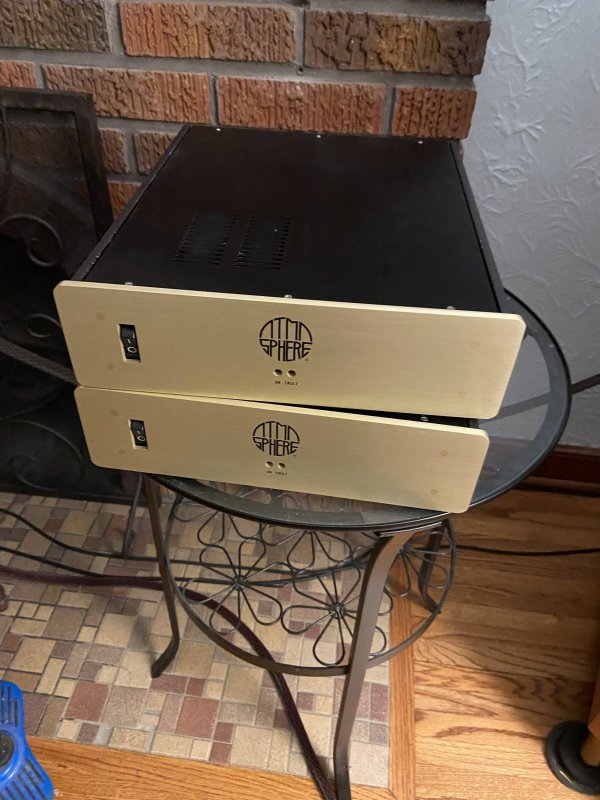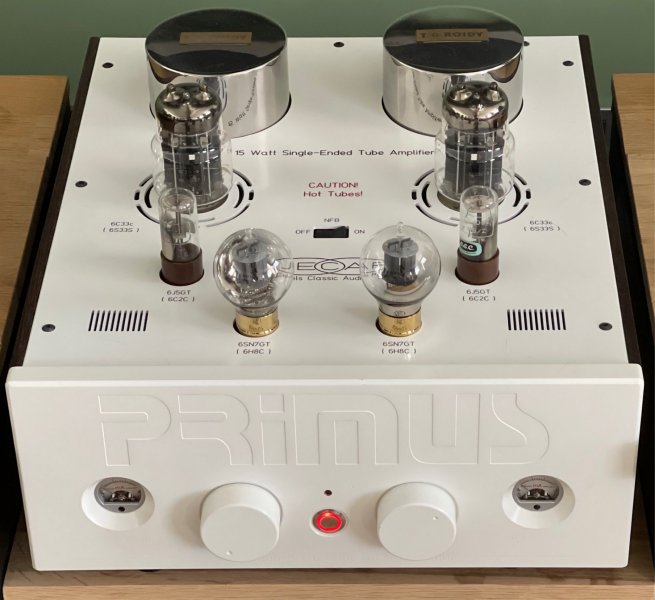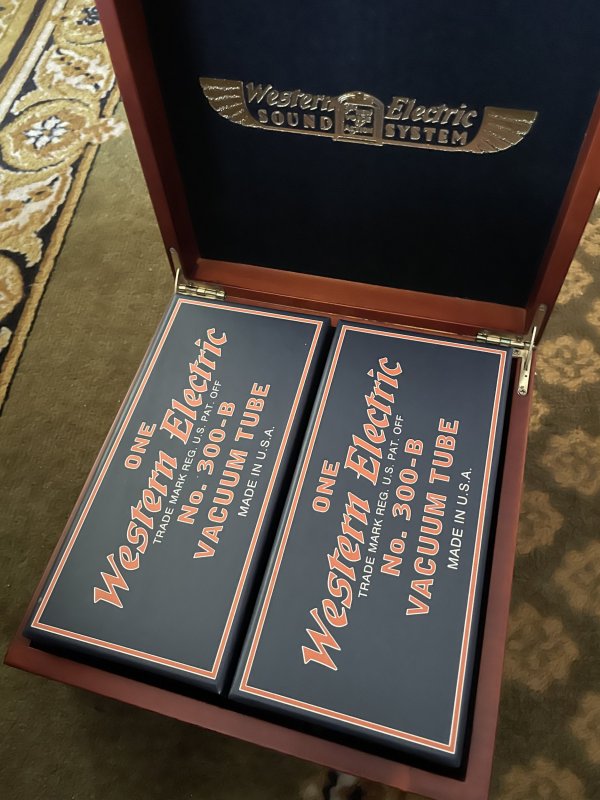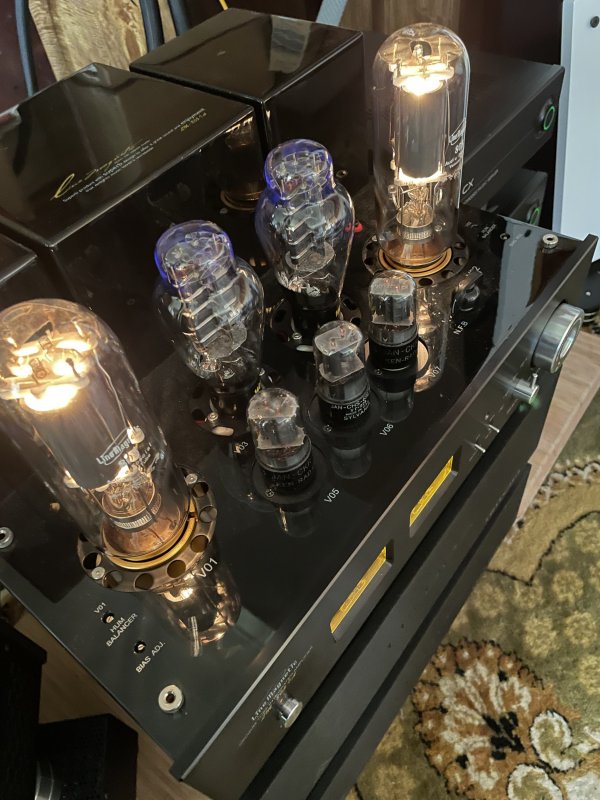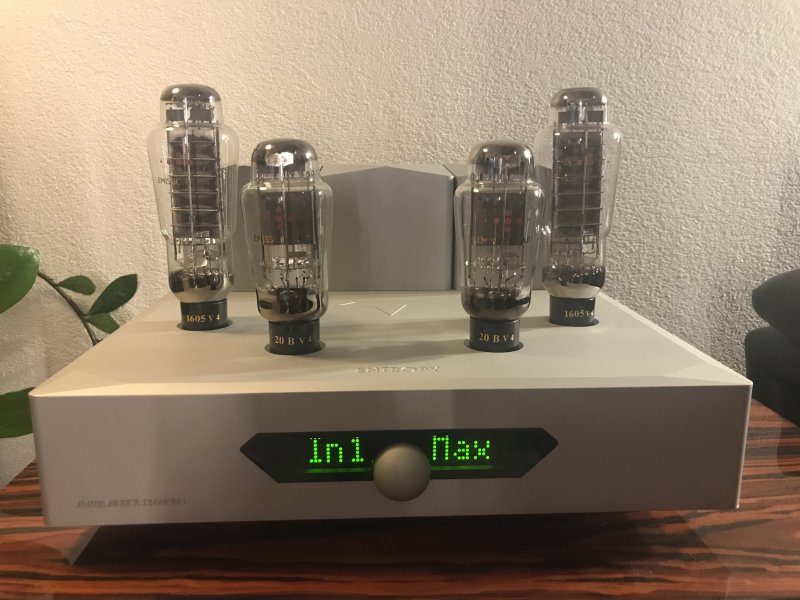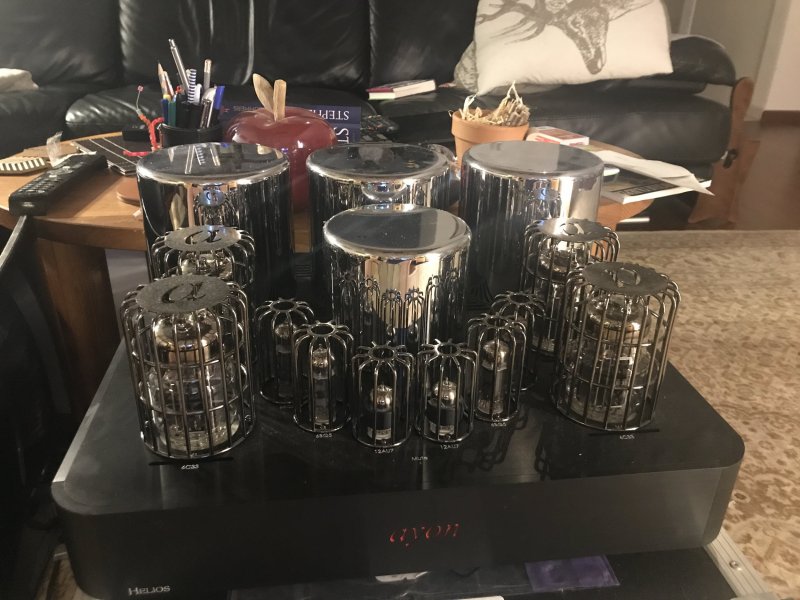Klipsch makes it clear that they are defining sensitivity as dB for 1 watt at 1 meter...So, I guess they are still using the same spec as they did 50-60 years ago and probably still call it sensitivity...like most of the rest of the world...Again, of course they do! As I pointed out earlier, even though Klispsch is in the business of higher efficiency speakers, they really don't expect that anyone will be using tubes with their speakers, although they are tolerant if you call them on the phone and admit to such
But Klipsch did use the 1 watt/1 meter spec back about 50-60 years ago when such a thing was far more useful. My aunt owned a Bogen integrated tube amp with Klispch corner horns back in the 1960s and was one of my more formative exposures to what a more upscale system could do. I was interested in the system so she dug out the brochures which she still had on hand so I know this from that experience.
JBL spec'ced their L100 Century (the original, not the reissue) as
Some examples from JBL:
file:///C:/Download/4430-and-4435_manual.pdf
given as Sensitivity in 1w @ 1m
file:///C:/Download/4401_manual.pdf
Also given as Sensitivity in 1w @ 1m
Also classic compression drivers were given as Sensitivity in 1w @ 1 m
file:///C:/Download/2440_manual.pdf
Here's an old Altec speaker
Note that they give it as "Pressure Sensitivity" and it is in dB per 1 watt @ 1 meter.
Here is the famous model 19 with 99db sensitivity at 1 w@ 4 feet
The Barcelona:
Seems Altec liked to use the term "pressure sensitivity" but not efficiency.
I don't see evidence of these two classic American, high sensitivity speaker makers using the word efficiency with a db/w/m specification. There was one mention on an old 604 duplex ad that said highest efficiency...but gave no actual numbers. I have seen later speakers like the Altec Model 18, which used a late version of the 604 (or 605) that gave the spec in dB/w/m but called it "Pressure Sensitivity" just like the others.
















